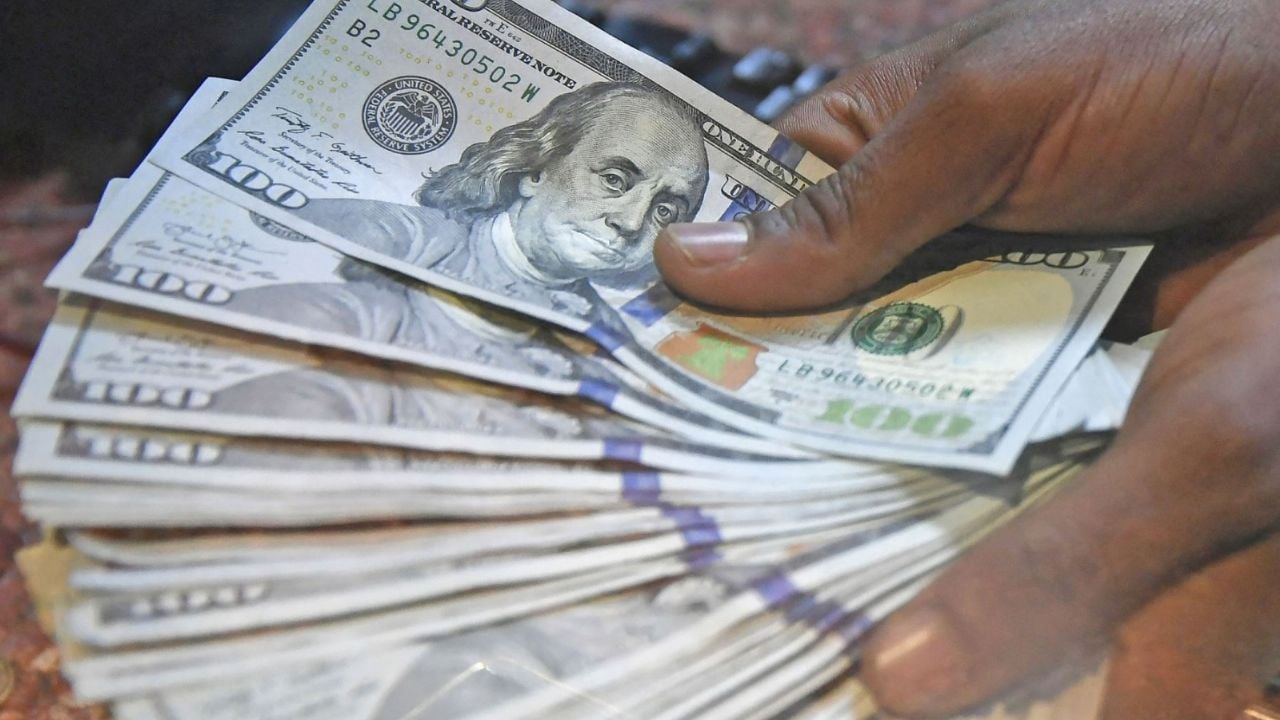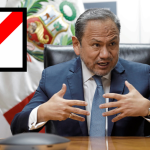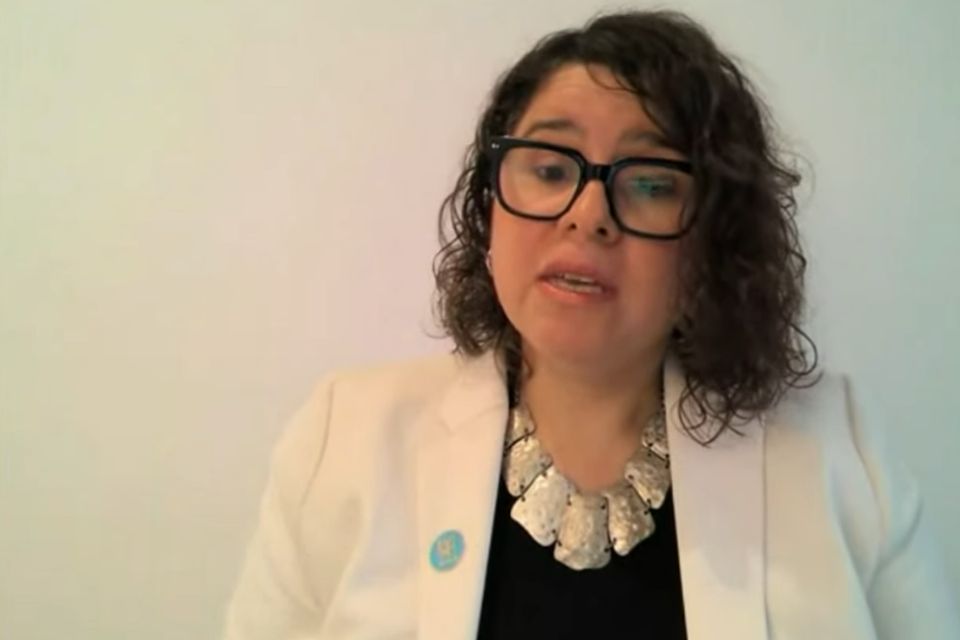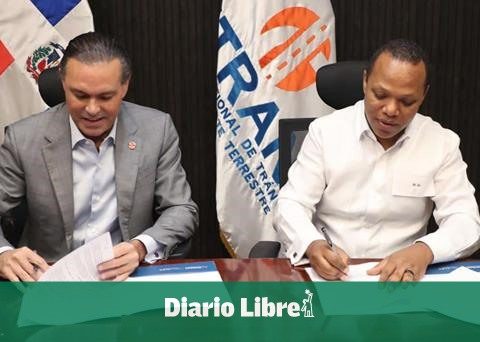On the first business day of October, the price of the dollar in Argentina once again became a central issue on the country’s economic and social agenda. In a context of high inflation and exchange rate volatility, both the dollar official and the blue dollar showed significant movements that reflect the uncertainty and expectations of the market.
He dollar The official exchange rate, which is the government-controlled exchange rate used for legal and commercial transactions, saw a slight increase. According to the screens of the Banco de la Nación Argentina (BNA), the official dollar was quoted at $950.50 for purchase and $990.50 for sale.
This increase of 50 cents compared to the previous day is part of a gradual adjustment trend that the government has implemented to avoid an abrupt jump in the exchange rate, which could have negative effects on inflation and the economy in general.
On the other hand, the dollar blue, which is the parallel and unofficial exchange rate used on the black market, showed greater volatility. The blue dollar was quoted at $1,200 for purchase and $1,220 for sale in the City of Buenos Aires.

Fountain: Dollar Today
This significant difference with the official dollar reflects the distrust of investors and savers in the government’s ability to control inflation and stabilize the economy. This Wednesday, October 2, the dollar parallel is quoted at $1200 for purchase and $1220 for sale.
Meanwhile, the dollar official price is $950.50 for purchase and $990.50 for sale, according to a survey by the finance site Dólar Hoy. The gap between the official dollar and the blue dollar has multiple effects on the Argentine economy.

Gap
On the one hand, it makes imports more expensive, since many companies turn to the parallel market to acquire dollars, which in turn translates into higher production costs and higher prices for consumers. On the other hand, it affects the competitiveness of exports, since exporters receive fewer pesos for each dollar they enter the country.
The government has implemented several measures to try to control the price of dollar and reduce the exchange gap. Among them are intervention in the exchange market through the sale of Central Bank reserves, the implementation of capital controls and the promotion of price and wage agreements to contain inflation.
follow us on Google News and on our channel instagramto continue enjoying the latest news and our best content.


















